Published on Jan 09, 2024 blog
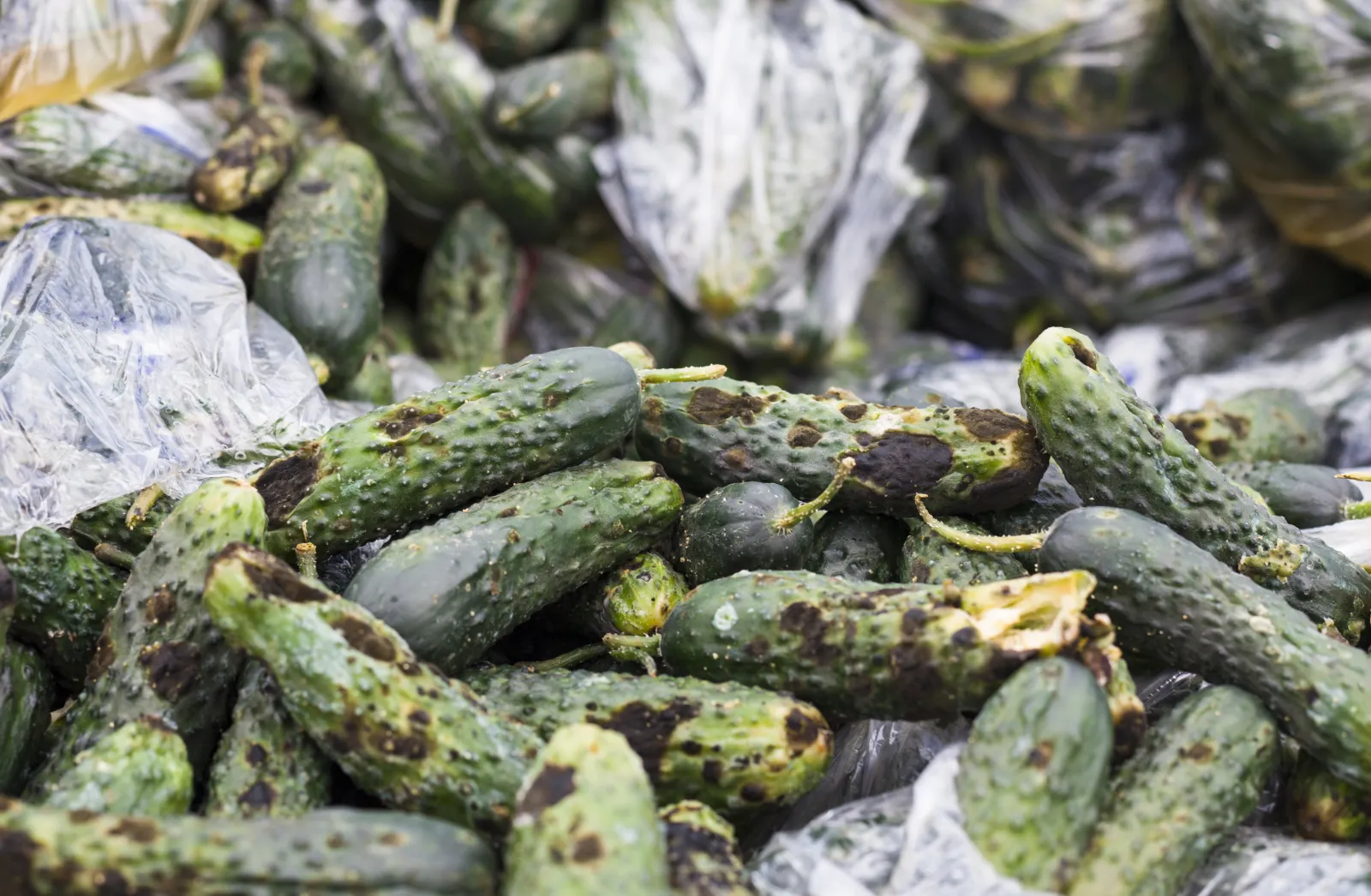
Farm-level food waste is a multifaceted challenge with significant implications for global food security, economic sustainability, and environmental well-being. At the heart of this issue are complex causes that span the agricultural production and distribution chain.
Factors such as inefficient harvesting practices, imperfect storage conditions, market demand fluctuations, and the lack of adequate infrastructure contribute to a staggering amount of food loss at the farm level. Almost 20% of U.S. food waste in landfills comprises fruits and vegetables straight from farms.
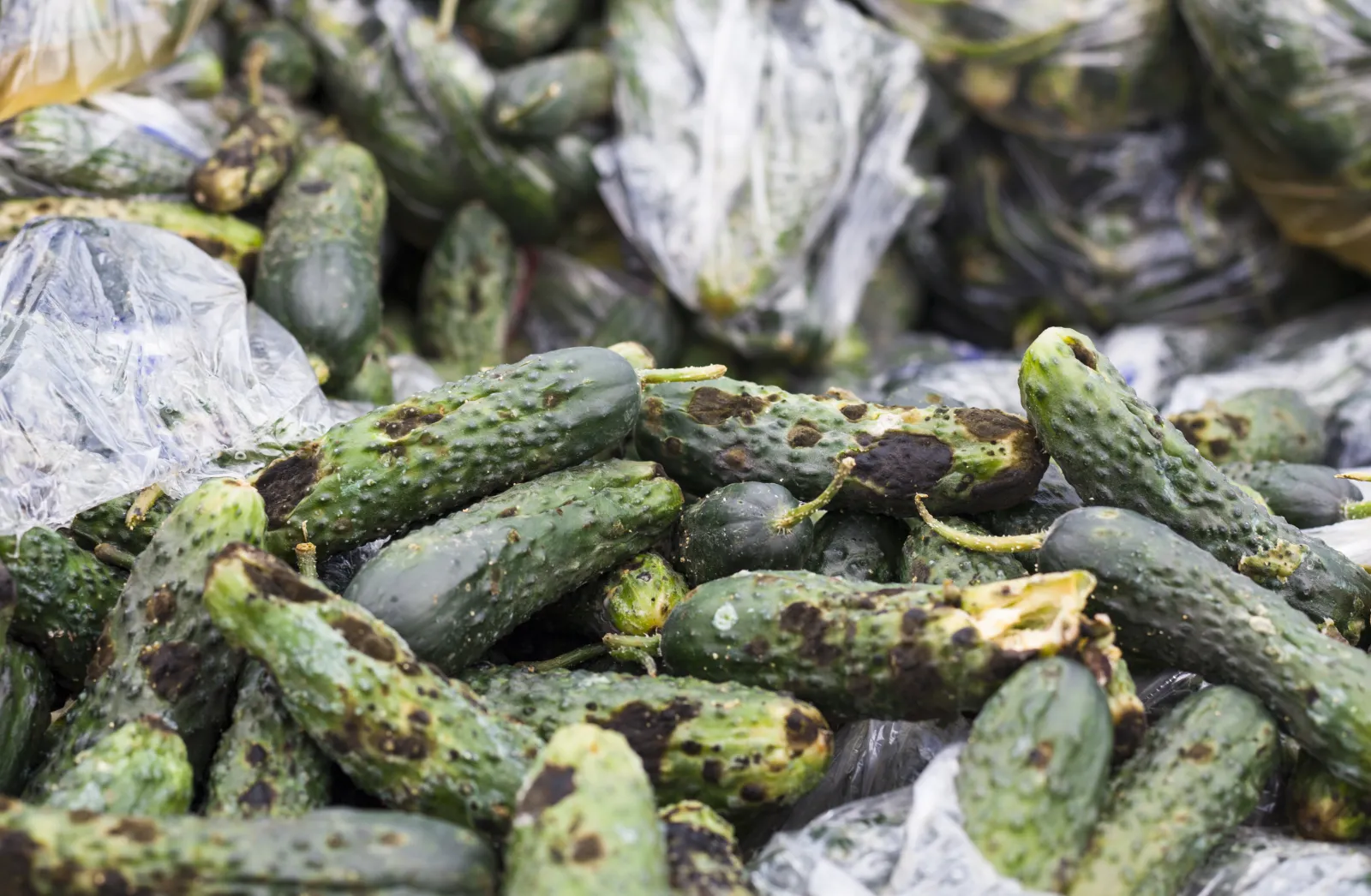
The consequences of this waste reverberate throughout the entire food supply chain, impacting farmers’ economic viability and exacerbating food insecurity and environmental degradation.
As we examine the causes and consequences of farm-level food waste, we see that addressing the issue is crucial for farmers’ economic welfare and a more sustainable, equitable, and resilient food system.
Farm-level product loss is a significant aspect of food waste worldwide and in the United States. Globally, approximately 15% of all food grown—the equivalent of about 1.2 billion tons—is wasted before it reaches wholesalers or consumers.
According to ReFED, in 2022, U.S. farming operations generated 14.9M tons of surplus produce, approximately 12.2M of which went unused or wasted.
Even more shocking is more than 80% of the food waste was left behind in the fields and never harvested.
Various factors can cause farm-level food waste, and addressing these issues is crucial for improving overall food sustainability.
First and foremost, farmers may produce more crops than the market demands or harvest more than they can sell. This surplus often goes to waste in the field as it may not be economically viable to harvest, store, transport, or process the excess produce.
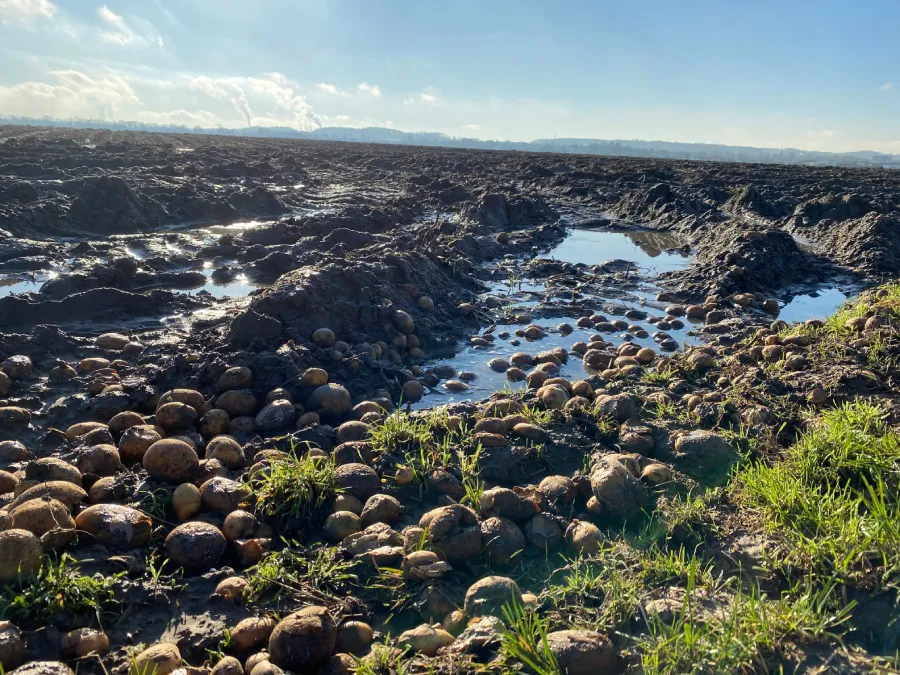
Strict cosmetic standards are another major cause of farm-level food waste. Produce is expected to have a specific appearance that indicates freshness and ripeness. Unfortunately, though, the quality standards set by retailers (and expected by consumers) may lead to the rejection of perfectly edible produce just because it has a marred appearance.
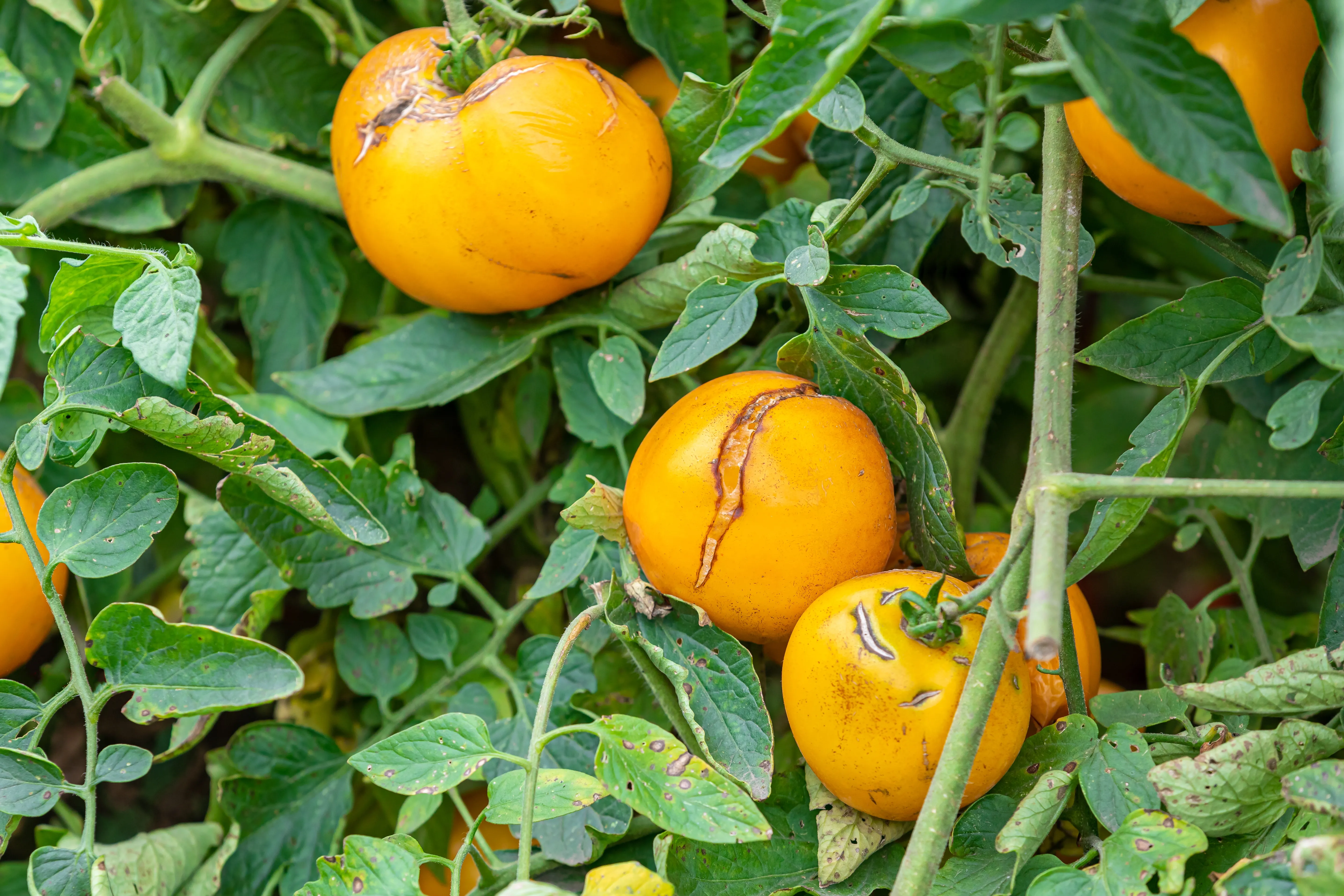
Because of this, farmers often discard or don’t even harvest visually imperfect crops that won’t meet consumers' visual standards.
Inefficient or improper methods can damage or bruise crops during harvest, making them unsuitable for market sale. This can result in significant losses. There’s also the problem of labor shortages; when farmers can’t find field hands to help harvest, the crops are left to rot in the field or on the trees.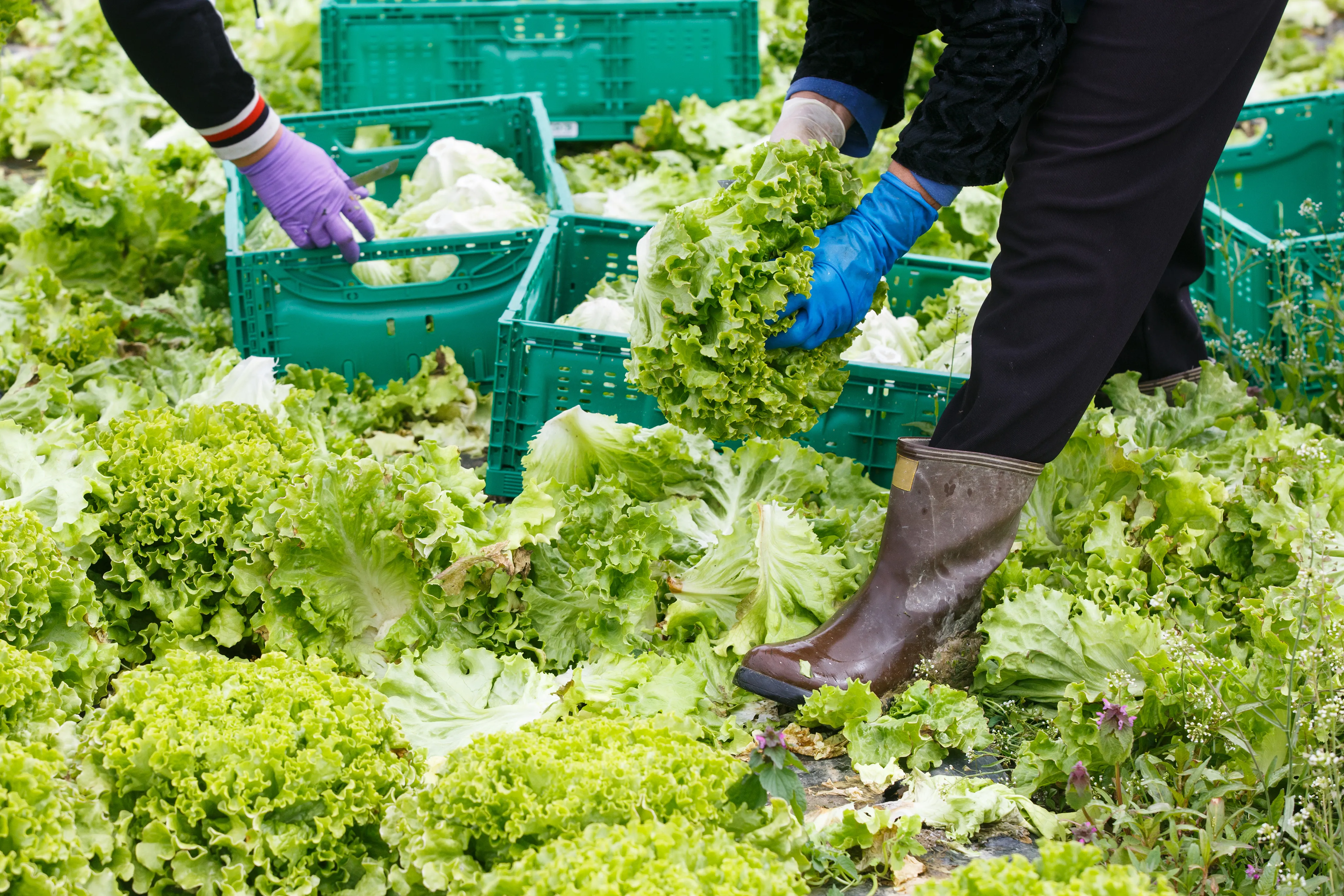
Timing is also a significant contributor to food waste. Because local climates cause fruits and veggies to ripen at different times across regions, growers may struggle to find buyers towards the end of their harvest period. When it’s late in the harvest period in one area, wholesale buyers typically switch to suppliers in other regions as better-quality produce becomes available.
Issues in transportation, storage, and distribution can contribute to food waste. Poor infrastructure or lack of access to proper storage facilities may cause perishable items to spoil before reaching the market.
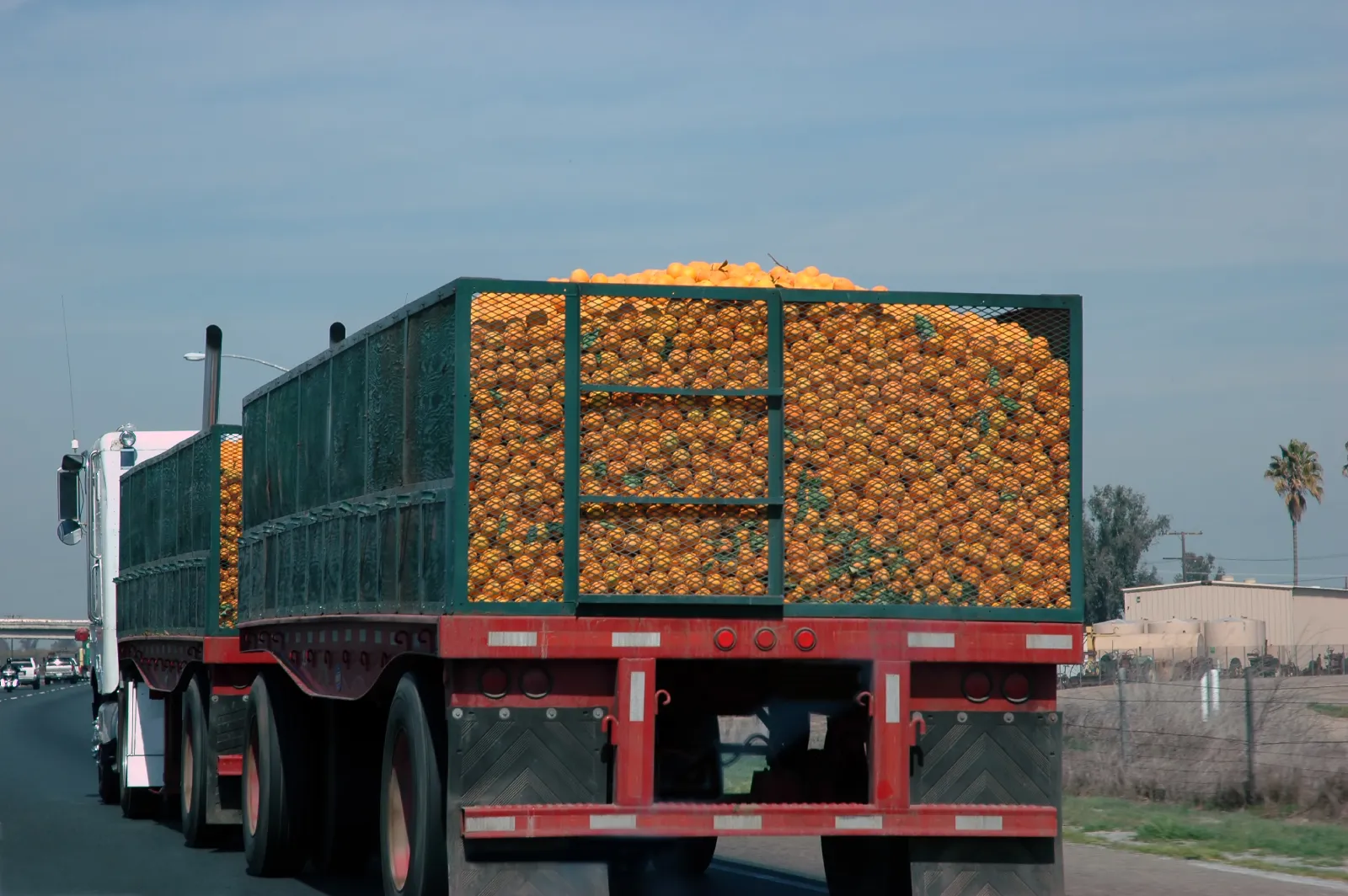
There is a relatively short freshness window for fresh produce. Most items must be delivered to retailers within 48 hours; the wholesaler typically won't buy items if they don’t reach them before this time.
Farmers may face challenges in accurately predicting market demand. While farmers generally strive to align their planting decisions with demand, there can be instances where changes in market conditions result in surplus production. Sudden changes in demand can leave them with surplus produce that cannot be sold in time, leading to waste.
Crop losses due to insect pests and diseases can contribute to food waste. If preventive measures or timely interventions are not taken, a significant portion of the harvest may be lost.
Unpredictable weather conditions, such as heavy winds, hail storms, frosts, or excessive rainfall, can damage crops, contributing to food waste. Sometimes the weather conditions halt plant growth, preventing the produce from reaching maturity, and other times, they may blemish the food, making it fail to meet quality standards.
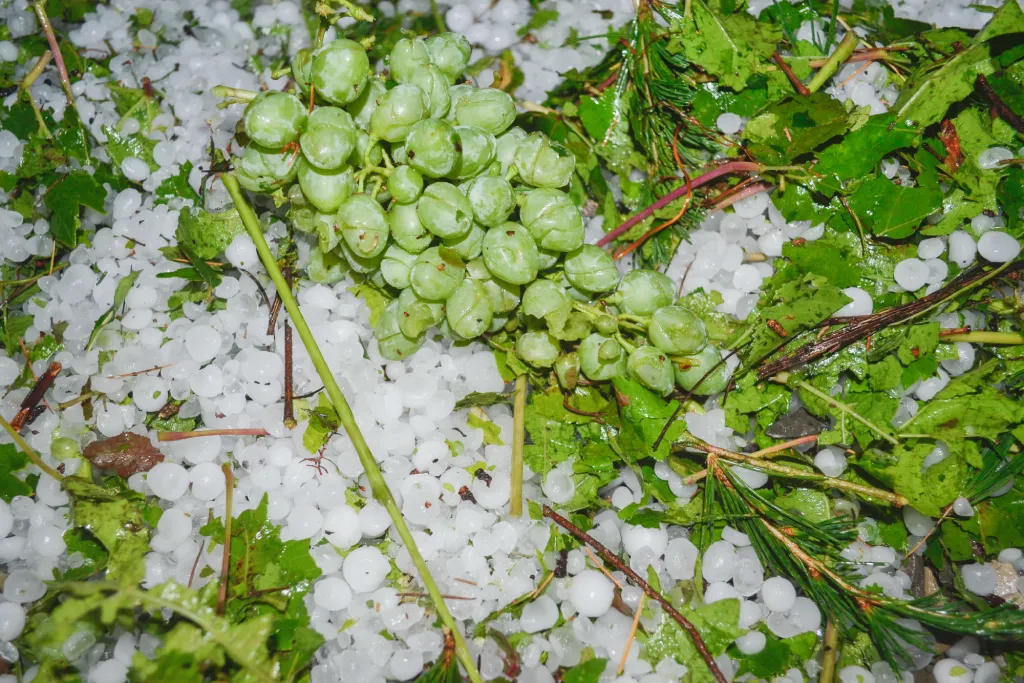
Inadequate facilities for cleaning, sorting, and packing produce post-harvest can also contribute to food losses. Proper post-harvest handling practices are essential to ensure the longevity of harvested crops.
Low market prices for certain high-value crops may make it economically unviable for farmers to harvest and sell their produce. In this case, they may leave the crops unharvested in the field and work them under when the ground is plowed.
This choice minimizes the economic loss by saving money on fuel for tractors, harvesting equipment, and associated labor.
Farm-level food waste has numerous negative consequences that affect various agricultural, economic, and environmental aspects.
Farmers invest significant resources, including labor, time, and money, into growing and harvesting their crops. When a portion of the harvest goes to waste at the farm level, it represents a direct financial loss for the farmers.
Farming requires large amounts of water, fertilizers, and energy. When food is wasted at the farm level, these resources are used in vain, which, in many cases, puts additional strain on the environment.
Decomposing food waste in landfills produces methane, a potent greenhouse gas. When food is wasted at the farm level and ends up in landfills, it contributes to the release of greenhouse gases, exacerbating climate change.
Paradoxically, while food is wasted at the farm level, one in 8 Americans suffers from food insecurity. Reducing food waste on farms could help address hunger by making more food available.
In a society where so many people lack access to sufficient food, wasting such large amounts of edible food raises ethical concerns. It highlights food distribution and access disparities, emphasizing the need for a more equitable supply chain.
Addressing farm-level food waste requires a holistic approach. Our food waste solution targets the agricultural and harvest stages instead of the retail and consumer levels. We are one of the few innovators looking to address waste issues early in the supply chain.
Using AI and prescriptive analytics, our cutting-edge platform transforms the way produce sellers and buyers connect. First and foremost, Matloop creates alternative market opportunities for imperfect and surplus harvests. Beyond that, it also optimizes farmer-buyer matching, storage times, shipment scheduling, transporting routing decisions, and shipment consolidation to improve operations and reduce carbon emissions.
Join Betafeld in the revolution towards a greener future, where our cutting-edge technology platform combats food waste on farms, creates a closed loop agricultural supply chain, and cultivates a healthier planet!